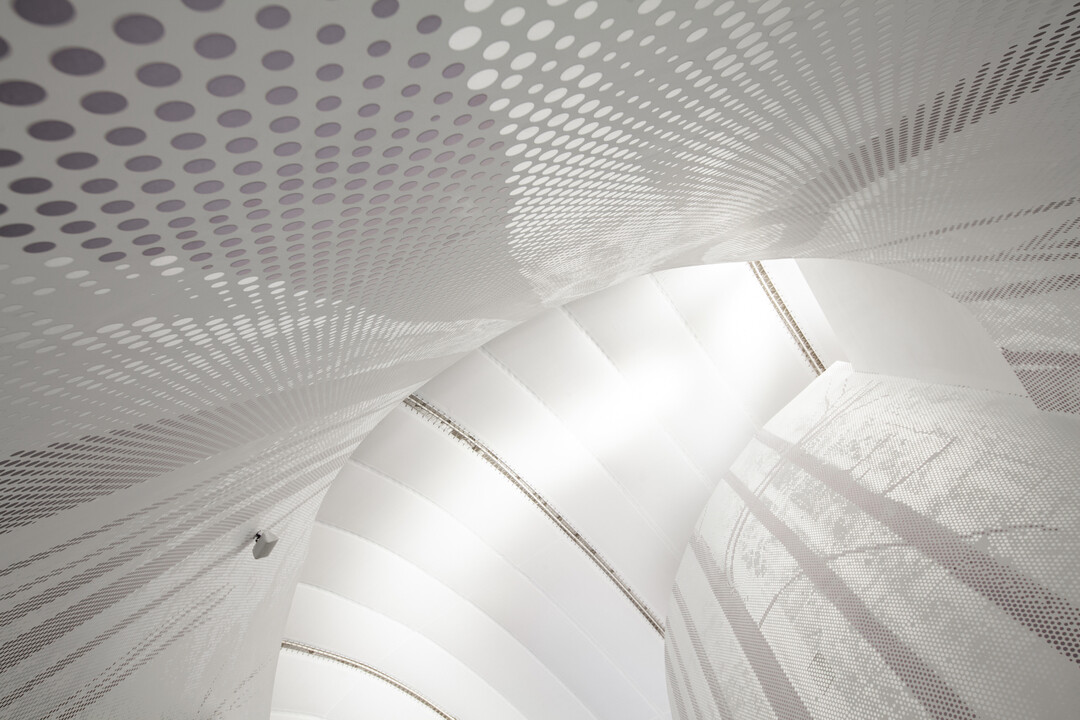
Members Only
Please join as a member and click "Members Only" to read more complete articles and exclusive content.

Please join as a member and click "Members Only" to read more complete articles and exclusive content.
榭╱關於空間原型的實驗(一)
「還有新的建築空間原型可以被討論出來嗎?」LIN建築設計事務所團隊拋出此一課題,作為本案「榭・關於空間原型的實驗(一)」的設計出發點。座落於中國蘇江,鎮江江心島的旅遊區臨河邊,LIN團隊打造出一座涼亭,以實現課題的解答。他們摒棄從功能需求出發的慣例,反之從基地環境中尋找能夠限定空間元素的關鍵字。經過場地分析後,整體設計主要圍繞於「人體行為工程學」、「空間關係學」以及「行為學」等三個關鍵主詞展開建築學空間討論。
三個關鍵詞的彙整
人的行為尺度是這座建築作品所要關注的目標之一。針對不同的人的行為研究成為良好的設計資源,並通過對人的行為觀察和理解,發現了空間的各種可能。而空間關係學是哥倫比亞大學人類社會學家Edward T Hally在《隱藏的尺度》中提出的概念,涼亭對此一概念進行了深化和延展,將它運用於物理空間範疇裡,討論人與人在親密空間、私自空間、社交空間和公共空間等不同尺度內如何定義與設計。最後的空間學是擷取基地自然環境中的元素,微風、日照、海浪聲、細雨、桂花香,成為來引導感覺、知覺、觸覺、聽覺、視覺的設計素材。
實踐空間實驗原型
藉由關鍵詞的研究及彙整,LIN團隊開始創造出空間的新型態,去回應基地周圍的設計元素。以人的行為:盤坐、蹲坐、躺坐、冥想、聆聽、窺視、遊蕩、眺望甚至發呆,形成空間的形式;光的行為:太陽起落、烈日當空、餘暉散去、夜燈初上、燈火通明,是空間與時間的對談;基地環境的海風拂面、落葉蕭蕭、哇叫、蟬鳴則是人與空間對話的媒介。在材料選擇方面,優先選用鋼木結構組合,鋼材易於熱彎加工來塑造配合空間形式的主要結構,木造龍骨作為二級結構,木材肌理與基地周邊自然元素互動的方式,即將衍生出新的存在軌跡。整體鋼木結構是在工廠預製,再到現場焊接拼裝組合而成。